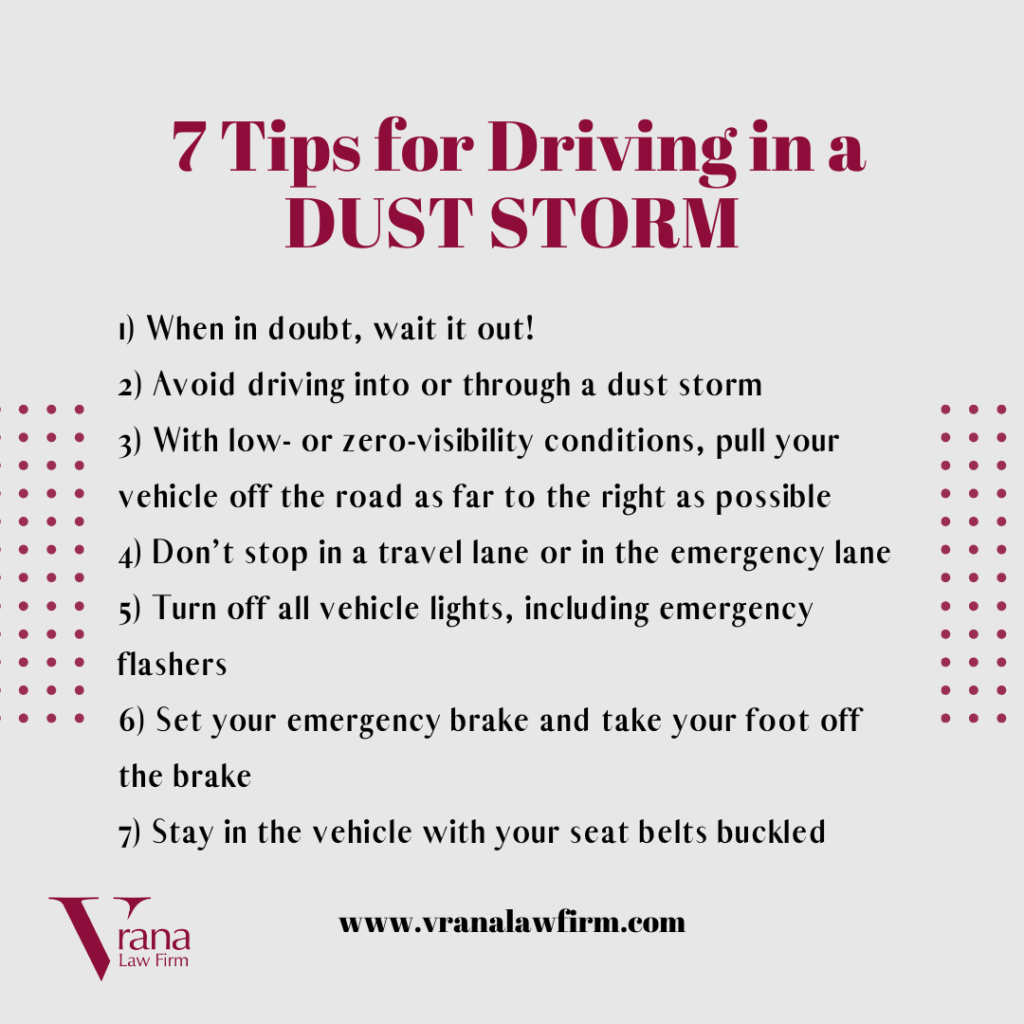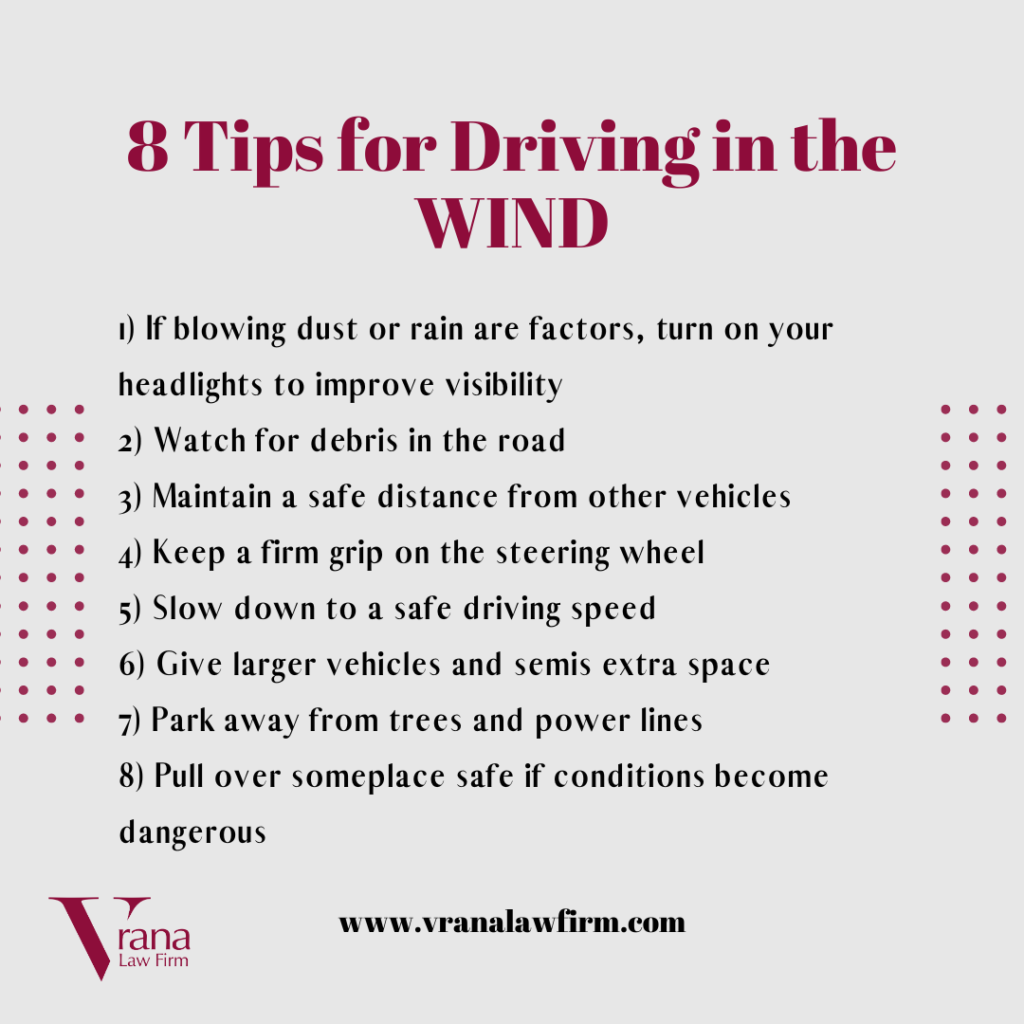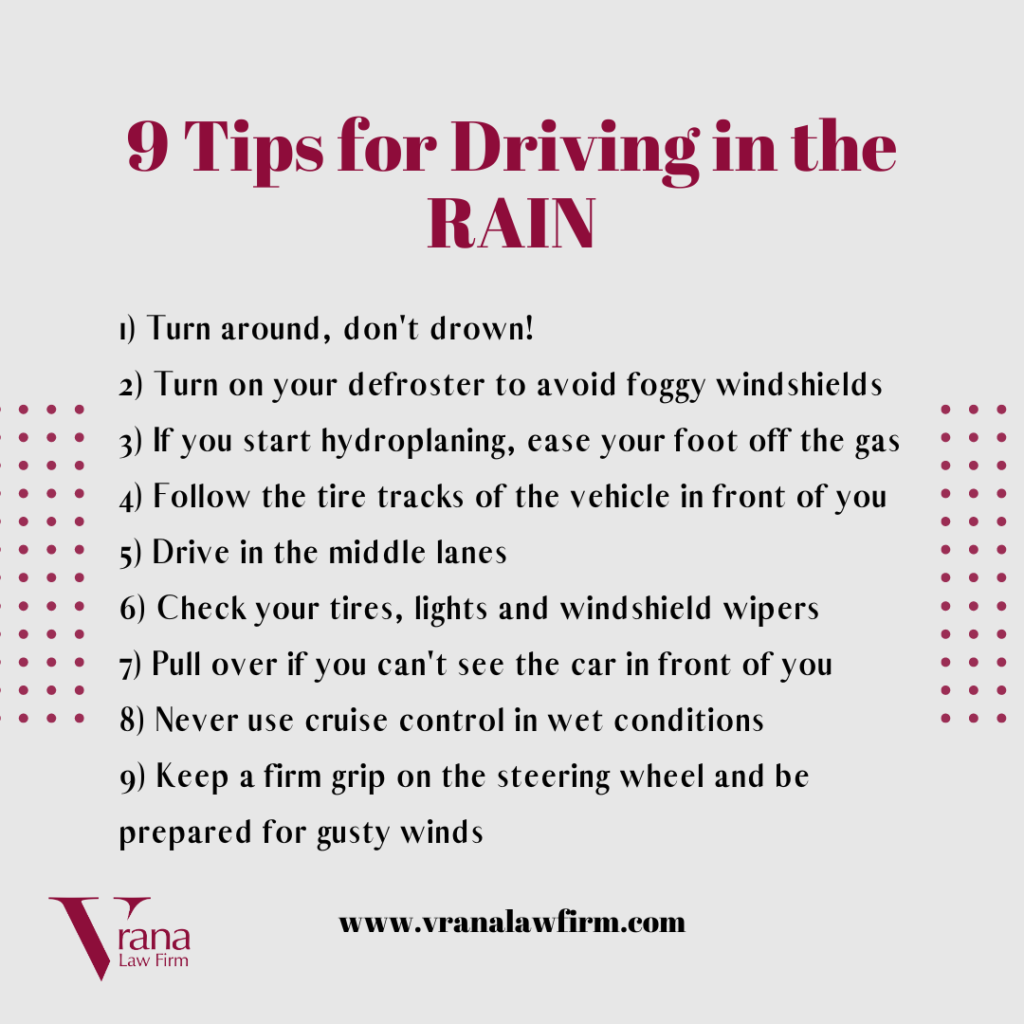Monsoons, Dust Storms and Haboobs… Oh My!
Arizona finally encountered its first big dust storm of the season! Monsoons usually begin in June and continue throughout September, bringing higher humidity – which can lead to thunderstorms, heavy rain, lightning, hail, high winds, flash flooding, dust storms and extreme heat. Those who have lived in Arizona tend to be more prepared for them as they see it nearly every summer, but for many newcomers driving in such a storm can be intimidating, and even life threatening. If you are driving and see a dust storm approaching, the most important thing to remember is never drive into the storm. Visibility can drop to zero very fast, leaving you and others driving blind – making for a dangerous situation.
However, if you find yourself caught in a dust storm, it is important you know what to do once you’ve pulled off the road! Arizona Department of Transportation’s reminder is to: Pull aside, stay alive – and lights out! These tips are important because you do not want other vehicles approaching from behind using your lights as a guide, with the potential of crashing into your parked vehicle. Vrana Law Firm put together a few safety guides with important tips on how to drive – and stay safe – during a monsoon, dust storm or haboob.
More information on storm safety can be found at PullAsideStayAlive.com. Real-time highway conditions are available on ADOT’s Travel Information Center at az511.gov, by calling 511 and through ADOT’s Twitter feed @ArizonaDOT.



But what does it all mean?
Monsoon: a large-scale change in the overall weather pattern like a shift in wind direction from the south to the southeast that occurs in the summer. These storm conditions are caused by the moisture from the Pacific Ocean and the Gulf of Mexico creating streams to the north, combined with the Arizona summer heat which creates rising air or low pressure.
Microburst: created when a thunderstorm begins, the cooler, sinking air (downdraft) produces winds of up to 100 mph – about the wind speed of an F1 tornado – and is usually less than or equal to 2.5 miles in diameter.
Dust Storm: can be unexpected, unpredictable and sweep across Arizona’s desert landscape at any time. They can be miles long and thousands of feet high.
Haboob: a violent and oppressive wind blowing in summer bringing sand from the desert, occurring as a result of thunderstorm outflow winds.
While not all dust storms are haboobs, all haboobs are dust storms. Dust storms can be caused by surface winds, keeping them much lower to the ground, while haboobs are caused by thunderstorm cells, which lift debris high enough in the air to earn the title of haboob.
Follow us at @VranaLawFirm on social media for more:
